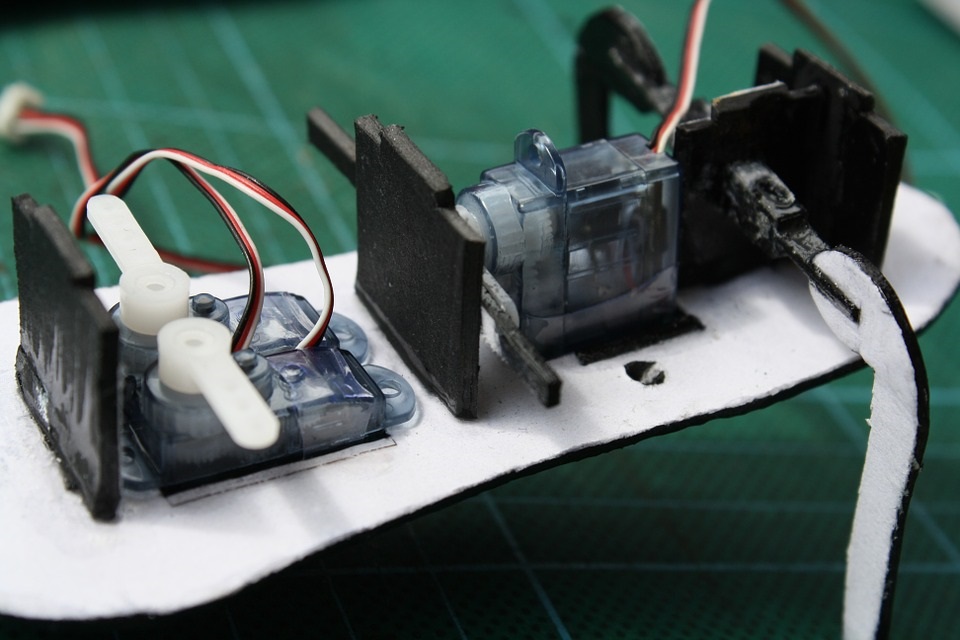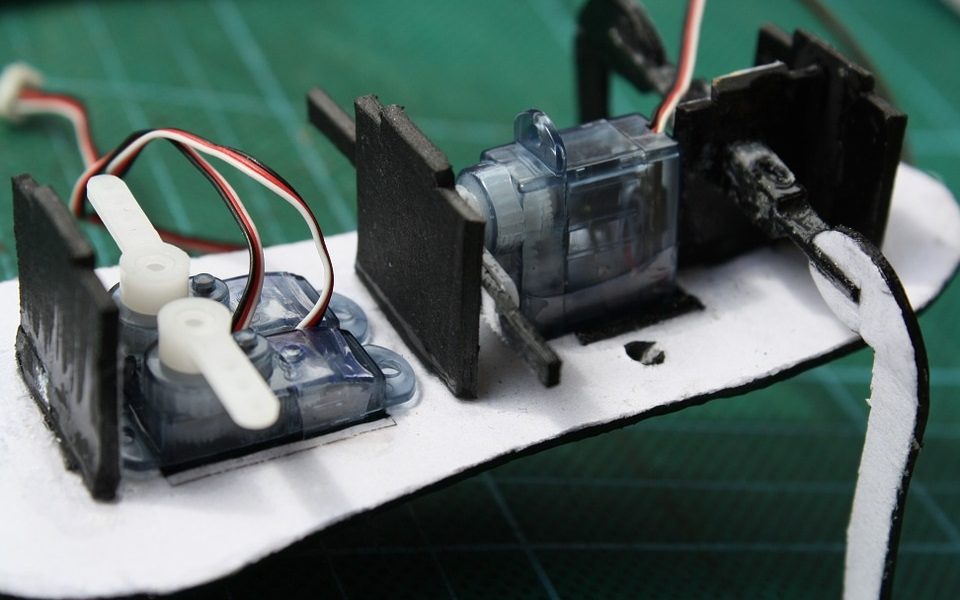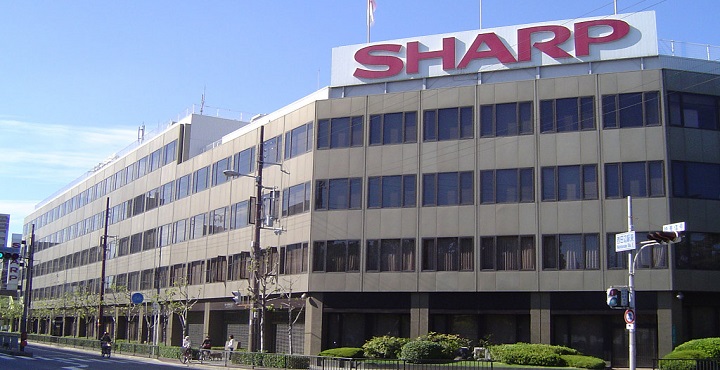
Servo systems are currently known for their utilization in CNC machining, advanced robotics, and plant automation. The servo innovation is additionally extended with the assembling of servo drives, utilized for controlling electric servomechanisms. Despite being a fantastic choice for industry use, we also have these VFDs (Variable-Frequency Drives), which will, in general, be utilized a great deal as an option for servo drives, given their energy- saving potential.
Since both are generally utilized in industry and assembling processes, it is imperative to point out the differences among them and how circumstances are one better than the other. To do that, we will first need to perceive VFDs and servo drives and afterward look at the significant differences.
What is Servo Drive?
The servo drive in the evolution of inverter technology premise, inside the current drive loop, velocity loop and position loop (The VFD isn’t the loop) have completed more exact than the overall frequency control techniques, and arithmetic – operations tasks in the utilitarian is likewise much more convenient than ordinary servo, the primary concern is accurate position control. Pulse sequence sent by the host regulator to control the speed and position (obviously, some internal coordination of the servo control unit or legitimately to the position and speed boundaries set in the drive-by means of the transport correspondence mode), drive inward calculation and quicker more precise estimations and better execution of electronic gadgets make it better than the VFD.
What is a Variable-Frequency (VFD) Drive?
Basic VFD can change the speed of the AC motor; at that point, you can be open-loop control and shut loop contingent upon the drive might be; this is the V/F control mode in the traditional sense. Presently many have passed the frequency mathematical model. The stator field UVW three-stage AC motor is changed over to control the motor speed and torque of the current’s two components. Torque control can be done; most famous brands are currently utilizing this torque control mode. UVW Output to Jia Moer impact of each stage current detection gadget. PID shut circle input to change in the wake of inspecting a current negative feedback loop. ABB inverter additionally proposed various ways and this immediate torque control technology. This cannot just control the speed of the motor can likewise control the motor torque.
Furthermore, speed control precision is superior to v/f control. Encoder criticism can similarly be added or not. Control accuracy and reaction is greatly improved.
Key Differences Between VFD and Servo Drives
The principal primary concern that separates Servo Drives from VFD is the encoder. While Servo Drives can’t work without an encoder for electronic commutation, a VFD can turn out entirely great without it. The Servo Drive is utilized for controlling perpetual magnet motors, though VFDs are used for control of squirrel- cage type motors. The principal preferred position of lasting magnet motors is the incorporation of uncommon Earth magnets in the rotor, which produce a high magnetic flux in this manner, making torque force in the rotor. This torque gives the motor low latency for smooth speeding up and deceleration, which is far more noteworthy than the squirrel- cage type motor.
Besides, servo controllers are versatile without much of a stretch work with complex ways and variable loads and speeds. Servo regulators can deliver multi-pivot moves and keep up the situation across complex ways. Variable-Frequency Drives, working with encoder inputs, need more registering capacity to perform this. Figuring complex ways and changing rates is practically outlandish with VFD, yet since AC engines are not appropriate for this purpose, it is anything but a massive drawback.
The position-control abilities of VFD are additionally the second rate compared to Servo Drives. In any case, VFD is pointed toward decreasing energy utilization and broaden the gear life, which is better than Servo Drives. Numerous electric- motor systems that utilization VFD, for the most part, observe extraordinary enhancements and energy savings. Given that 25% of the world’s electrical energy goes to industrial electrical motors, VFDs offer astonishing advantages. In any case, as it stands now, servo systems are even more famous and more frequently executed than VFD.
Some VFDs now have encoder inputs yet do not have the fast registering capacity to figure complex quick ways. Since, as referenced over, a customary AC motor comes up short on the performance to take such an action, there is no requirement for it. The pulse or encoder input is utilized predominantly for greater speed control and zero speed detection.
Some new VFDs do some position control; however, low performance compared with servo control. The new Hitachi vector drives will go to a position and hold it, so in fact, it may be known as a servo control. There are servo-hydraulic powered and air valves with various criticisms and exhibitions. Be that as it may, when individuals talk about electric servo motors, they talk perpetual magnet and servo regulator.
An Extensive Difference Between the Servo and Inverter
The VFD can work without an encoder; the servo must have an encoder for electronic recompense, AC servo innovation itself is the draw and the utilization of frequency conversion technology, based on servo-controlled DC motor mimic DC motor through the recurrence of the PWM technique control strategy to accomplish, in other words, AC servo motor must have this piece of the frequency: the frequency is the frequency of the rotating flow is redressed into DC 50,60HZ the first, and afterward through the door to control the kinds of semiconductors (IGBT, IGCT, and so on) by changing the transporter frequency and the PWM inverter frequency throbbing movable electrical waveform like the sine and cosine since the frequency is flexible, so movable speed AC engines on the (n = 60f/2p, n speed, f recurrence, p number of pole pairs).
Conclusion
Can we state which sort of drive is better? Indeed, that is a tough question to reply to, and it relies upon your requirements. Contact AES International for clearing your doubts. While servo drives have tremendous computational speed and can quickly quicken and decelerate the engine, VFDs accompany energy- saving capacities that numerous electrical systems need. Moreover, VFDs can also broaden the gear life and give extra security from overvoltage, under-voltage, just as phase protection.











![Watch Video Now on xiaohongshu.com [以色列Elevatione perfectio X美容仪 perfectio X 全新仪器黑科技了解下]](https://www.techburgeon.com/wp-content/uploads/2019/07/perfectiox-singapore-150x150.jpg)
